Cirencester is located 80 miles west of London and is often referred to as the capital of the Cotswolds as it lies in the heart of this beautiful part of England. It was our first visit to this prosperous market town and after finding somewhere to park on the edge of the town, we were soon ready to explore this attractive Cotswold town.
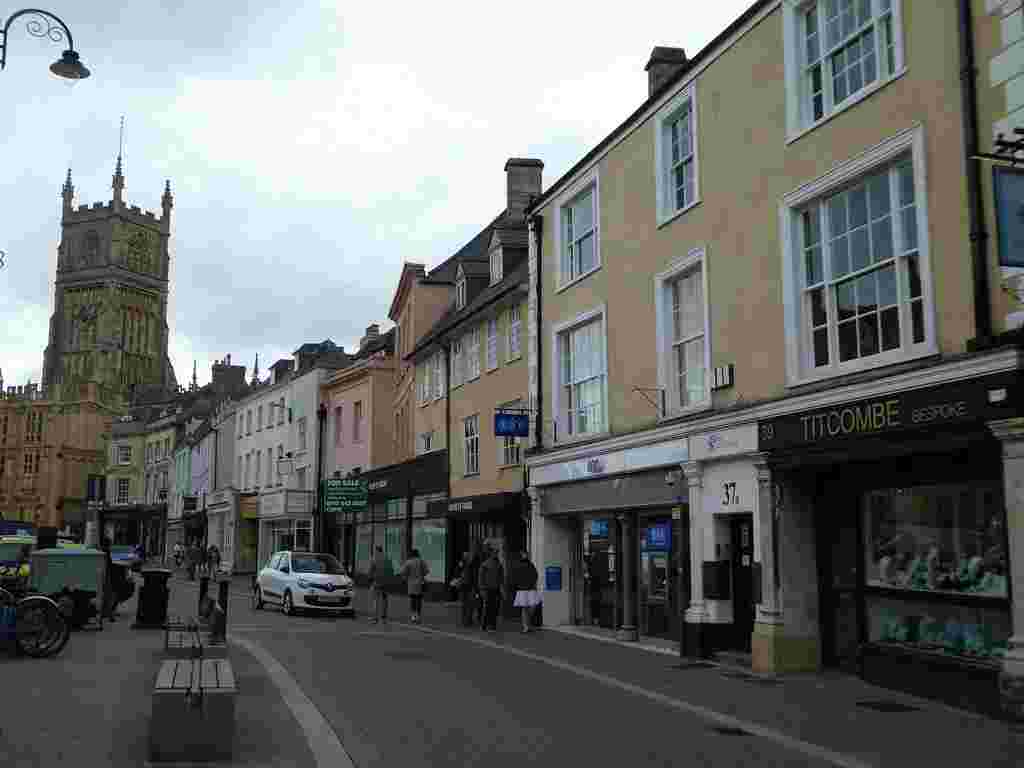
The streets are lined with beautiful Cotswold stone buildings casting a golden glow as we wandered along. Soon we had arrived at the market square which we found to be a hive of activity even in these pandemic times.
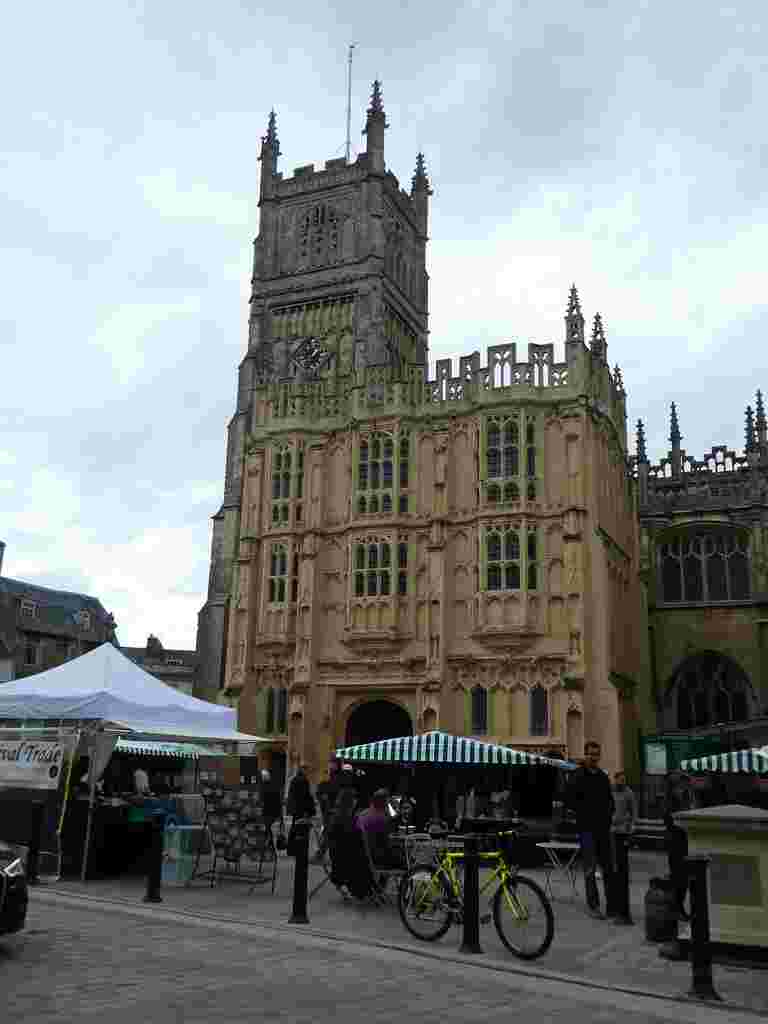
By chance we had arrived on a market day which takes place each Monday and Friday. Stalls were set out across the square and we enjoyed browsing the many stalls offering a range of fresh produce, household goods and street food.
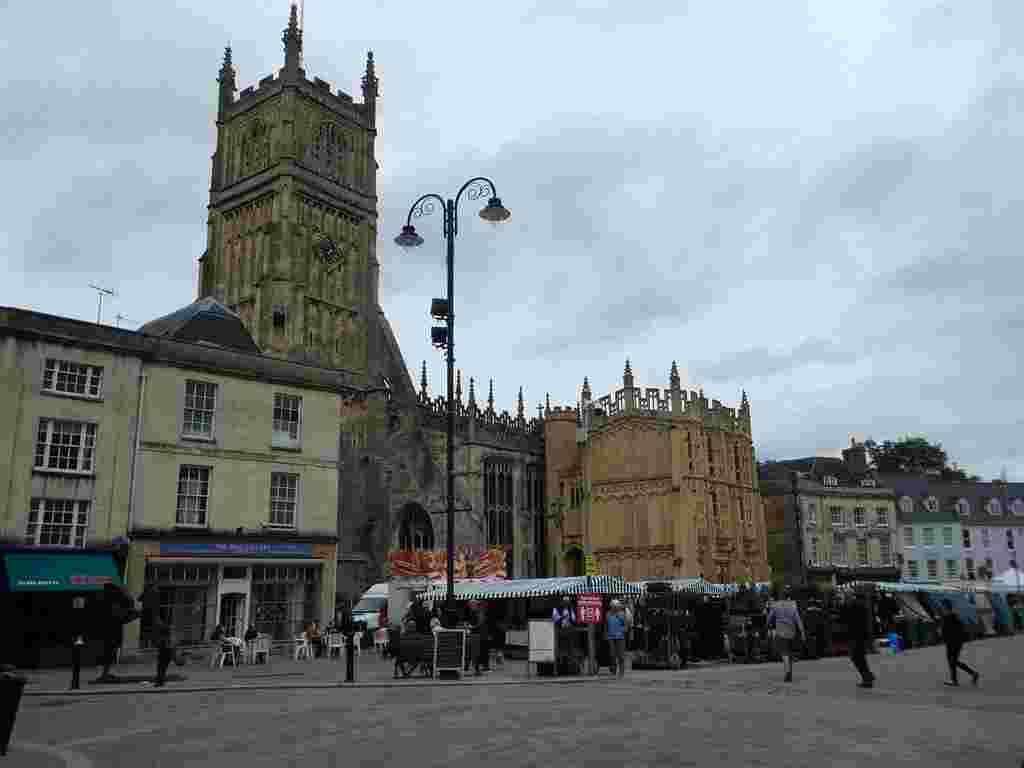
Providing a wonderful backdrop to the market is the cathedral like Parish Church of St. John the Baptist which was funded by wool merchants with their crests adorning the pillars.
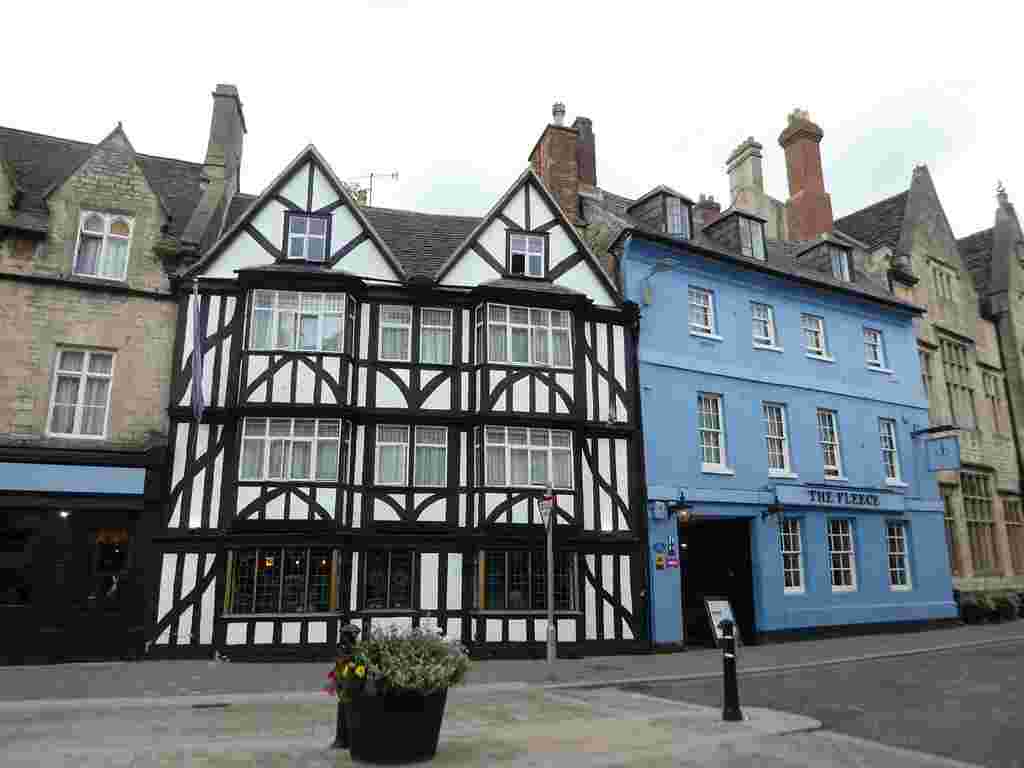
Surrounding the square are some beautiful timber framed buildings including that of the Fleece Hotel. The Fleece was a former coaching inn where in 1651 it is believed that Charles II spent a night on his escape from England after his defeat at the Battle of Worcester.

Another handsome building in the market place is the Bingham House & Gallery which contains art and photographs showcasing Cirencester through the ages.
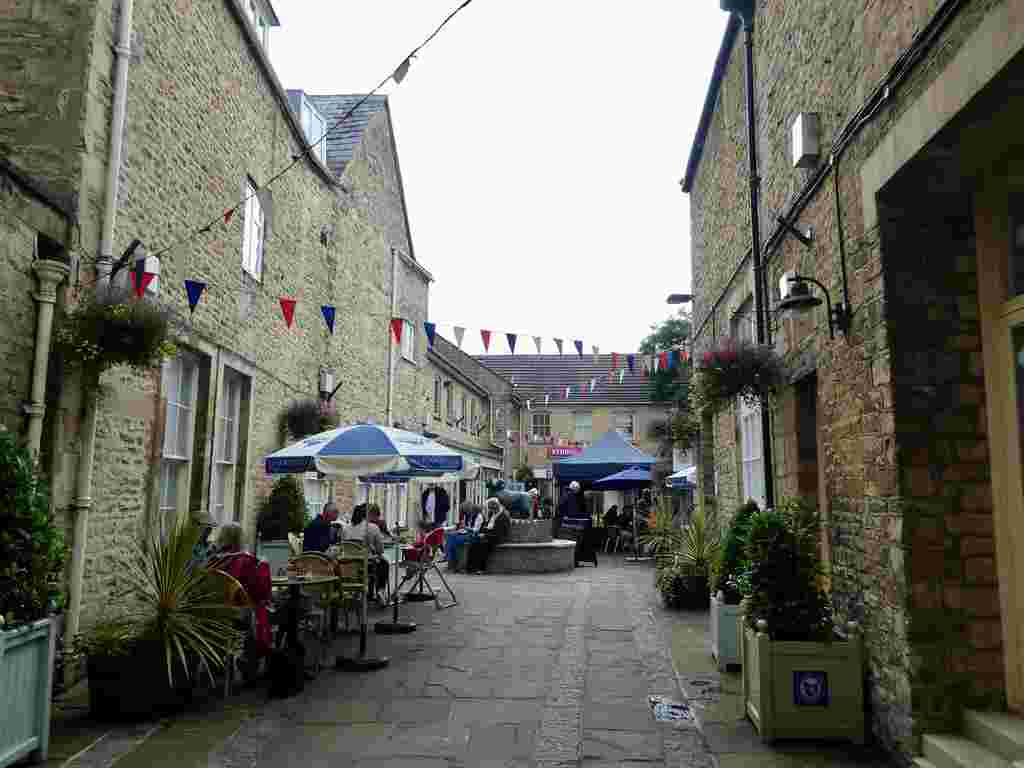
Our walk then took us from the market on Dyer Street along to Sheep and Castle Streets where we found numerous independent retailers as well as many of the high street names. Cirencester is a very pleasant town for shopping and unlike many places up and down the country doesn’t seem to have too many empty shops.
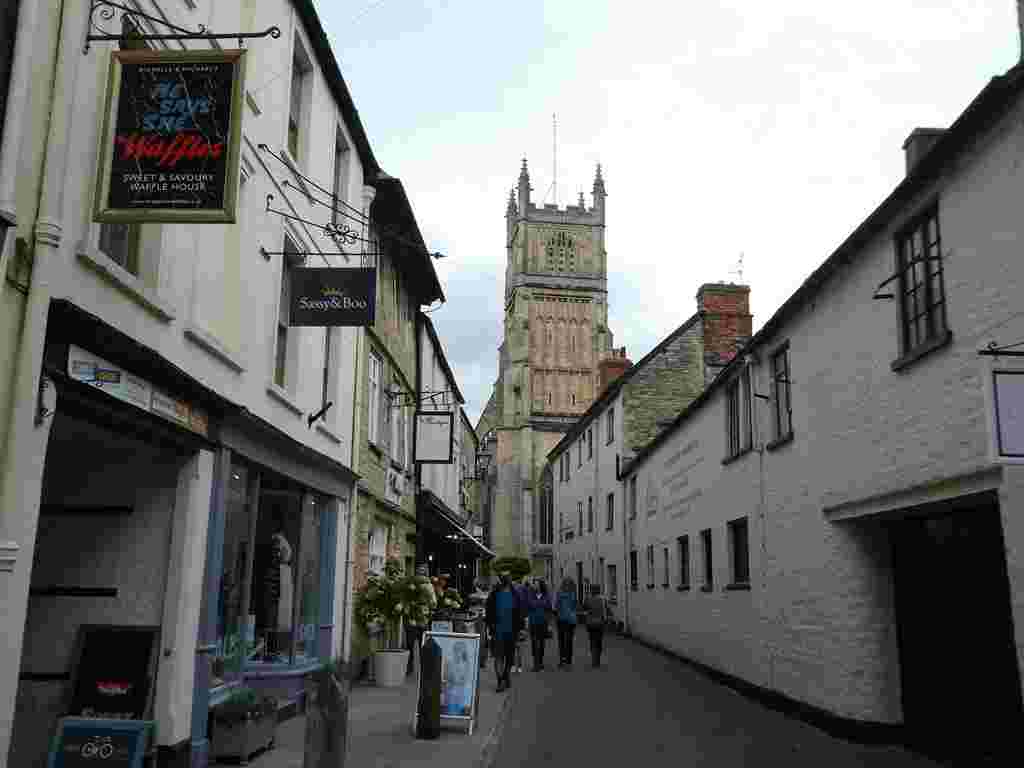
We came across a large statue depicting a hare and a horse and at first were slightly puzzled about its significance but later discovered that hares have held a special place in the town’s history since Roman times. Back in 1971 a Roman hare mosaic was unearthed and this is now on display in the town’s Corinium Museum.
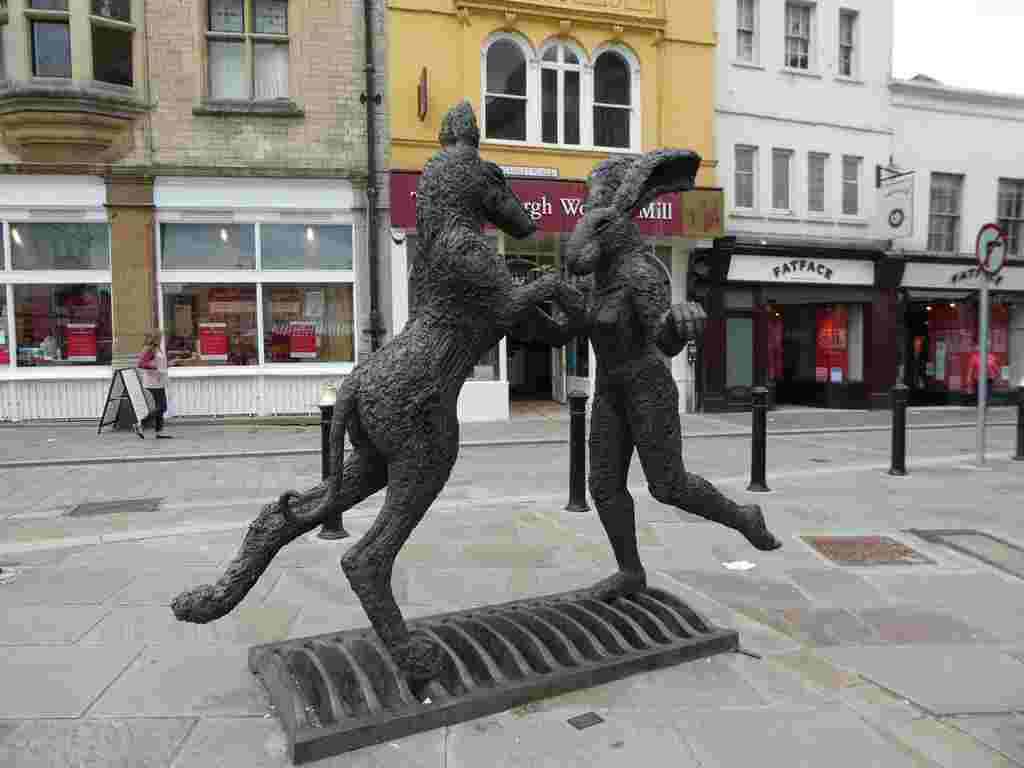
Corinium is the Roman name for Cirencester and it was the second largest town outside London and the major Roman administrative centre in the south west. The Corinium Museum contains one of the most extensive collections of Roman artefacts in the country.
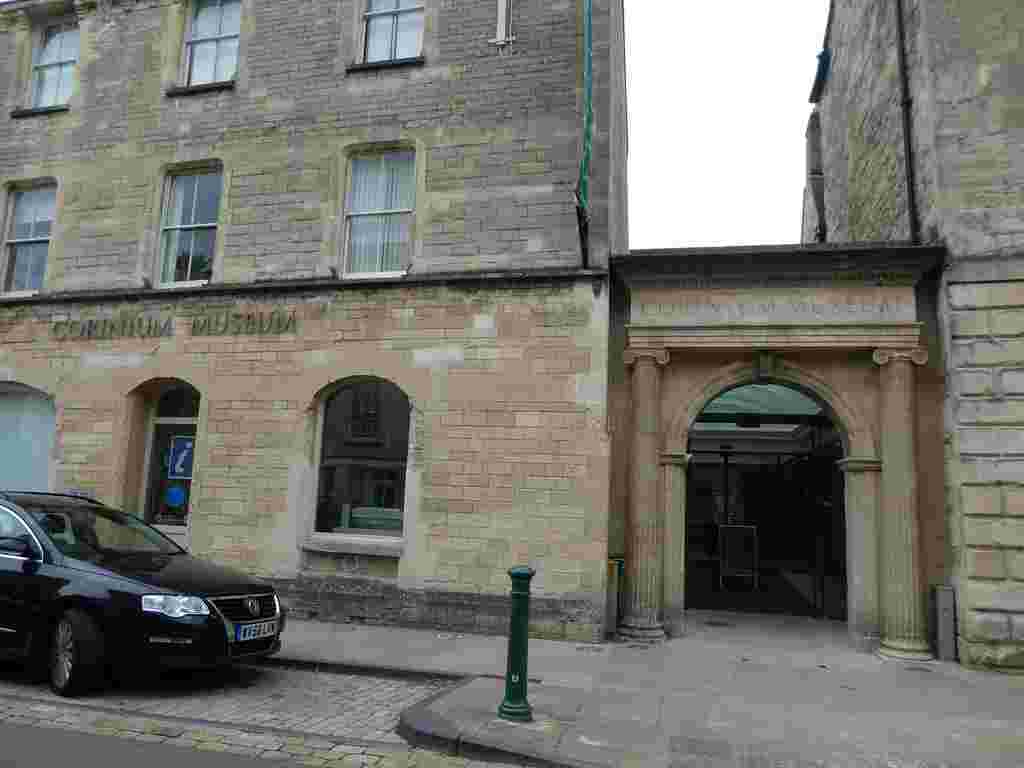
Continuing our stroll, we found lots of interesting small shops and cafes tucked away down narrow passageways and in attractive courtyards off the main shopping streets. I liked both the small Wool Market and Bishop’s Walk shopping areas with quaint shopfronts and outdoor cafes making it look so pretty.
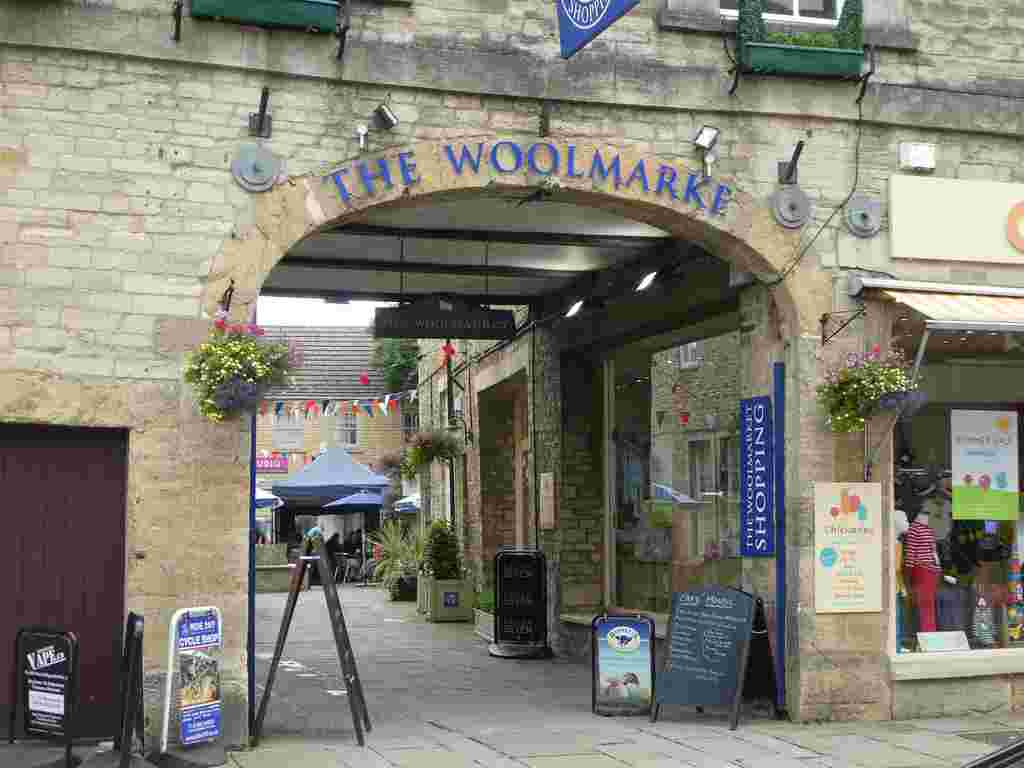
Our walk then moved on to the New Brewery Arts Centre, a converted Victorian brewery and now an arts and crafts centre with galleries and studios where visitors can watch crafts people in action, along with a shop and cafe.
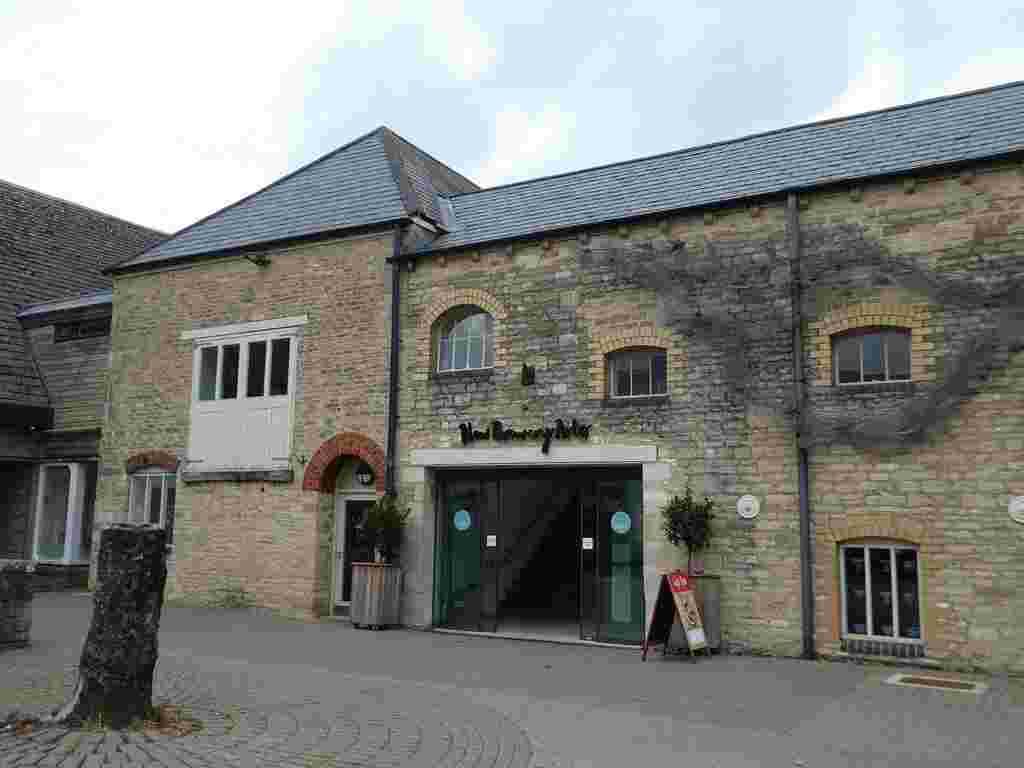
We passed the main entrance gate to Cirencester Park but did not have time to visit. Owned by the Earl & Countess of Bathurst visitors are able to enjoy walking or horse riding through the park which is said to be one of the most beautiful privately owned parks in the country and a regular venue for polo matches.
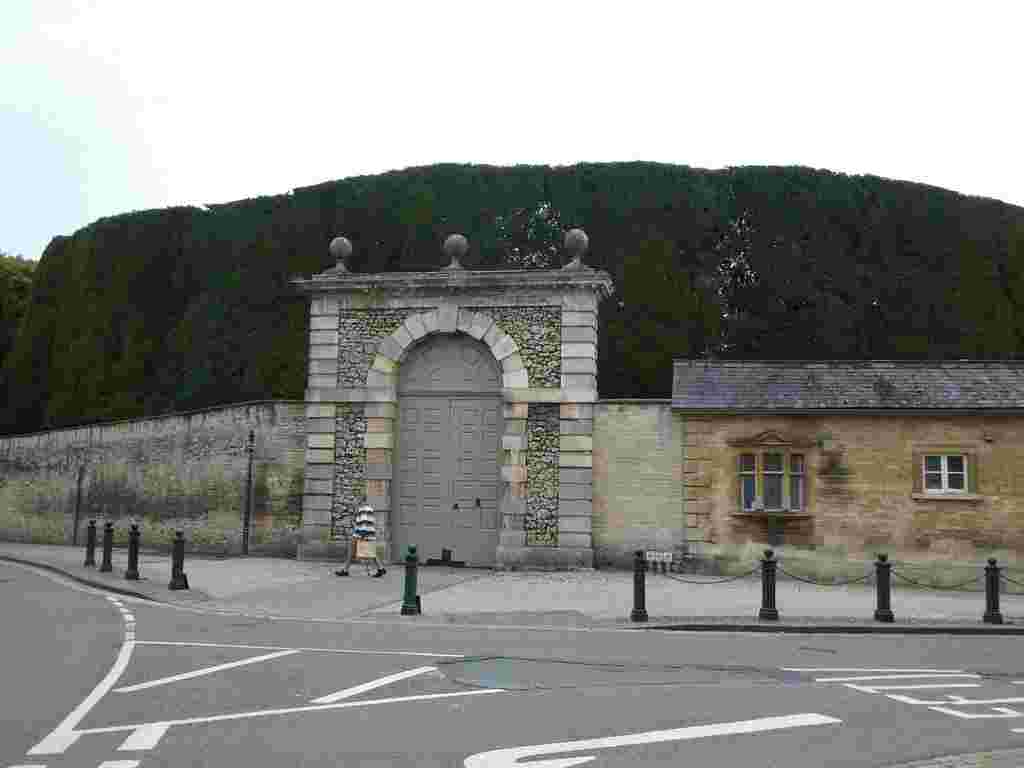
Our tour of Cirencester ended with a walk through the Abbey Gardens, the site of the Augustinian Abbey of St. Mary which grew rich in medieval times through the wool trade.
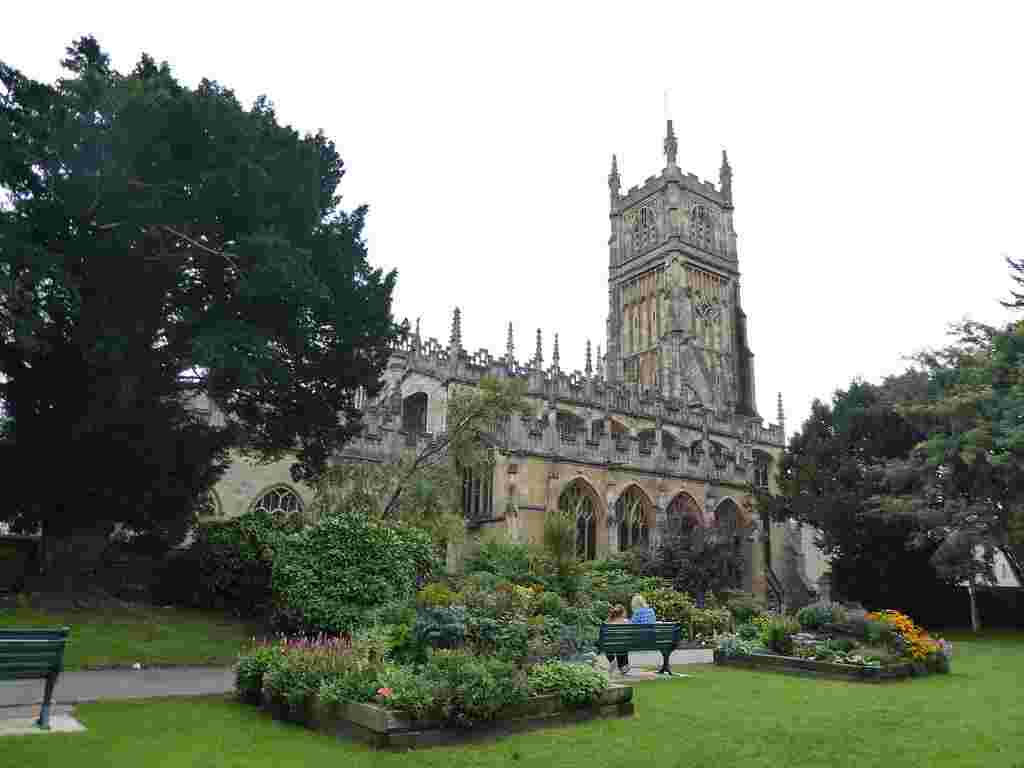
At one corner of the gardens we were able to take a look at a small portion of the ancient Roman wall and then take a relaxing walk along the lake side on the edge of the park before returning to the car.
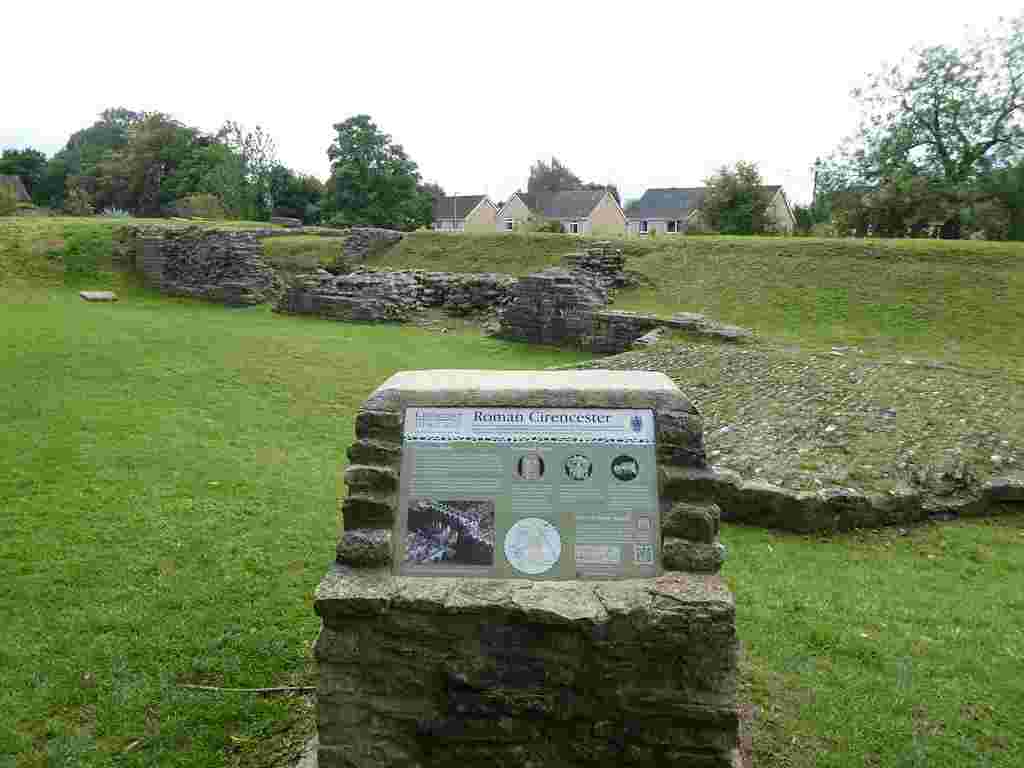
We’d spent an enjoyable few hours in Cirencester and I would recommend visiting if you are in the area as it remains unspoilt being slightly off the usual tourist trail.
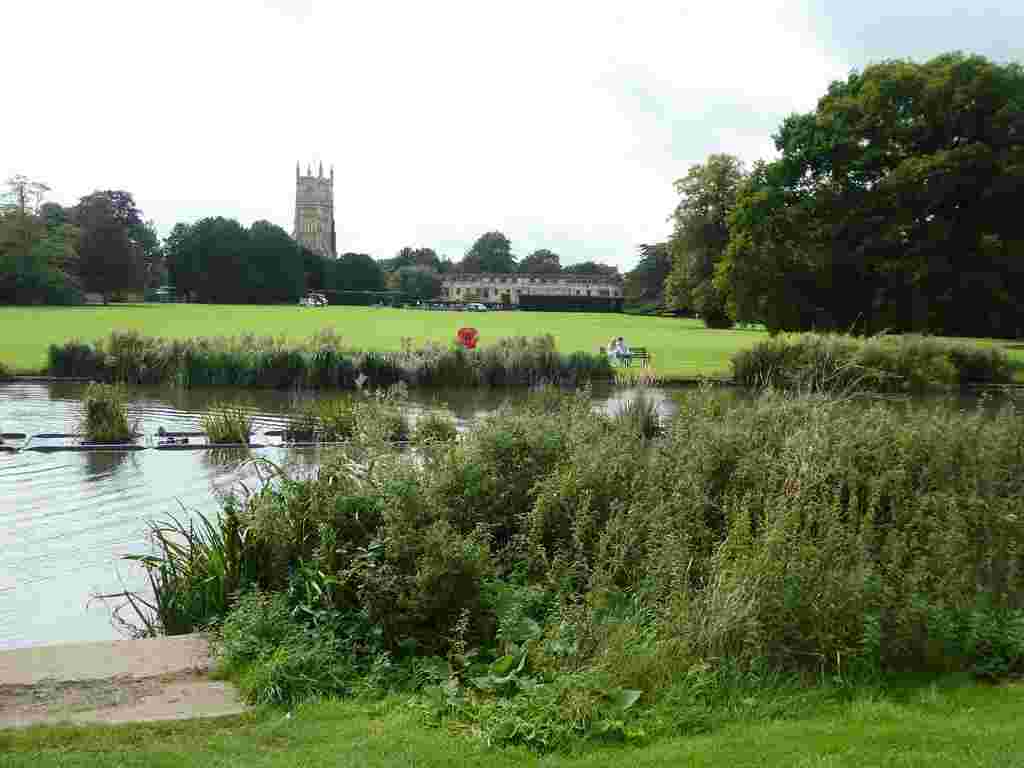
If you are considering visiting Cirencester it is easily accessible by car from both the M4 and M5 motorways. However if you plan to visit by train the nearest station is 6 miles away in Kemble.
If you have enjoyed reading this post you may also like:
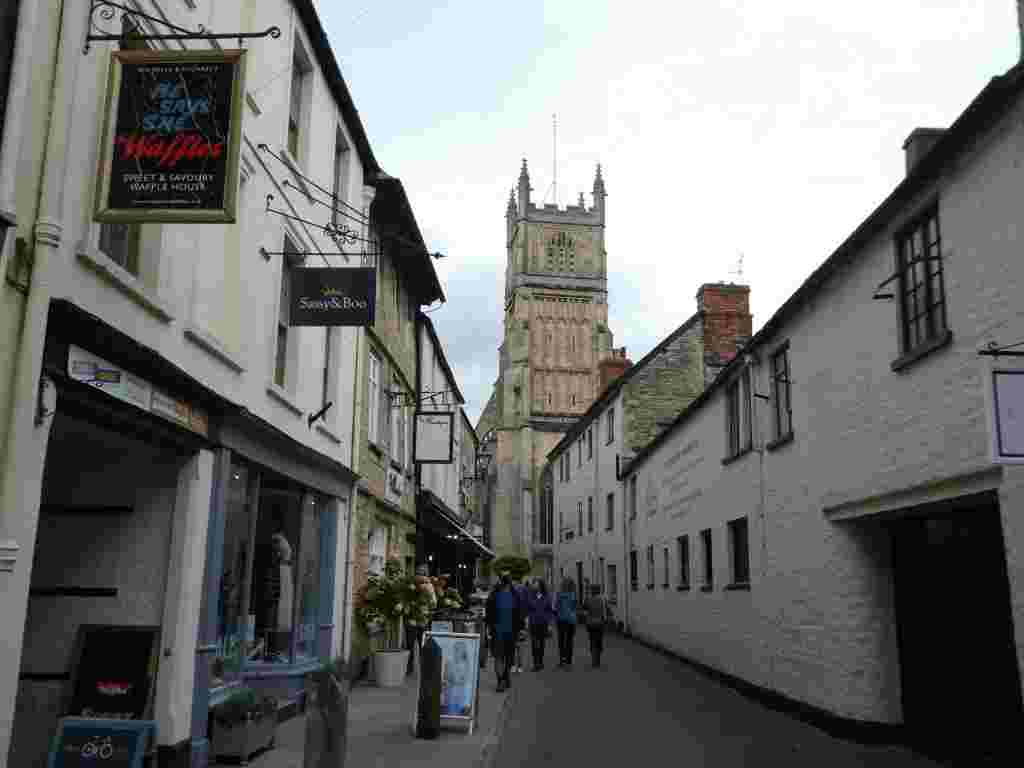

Leave a comment